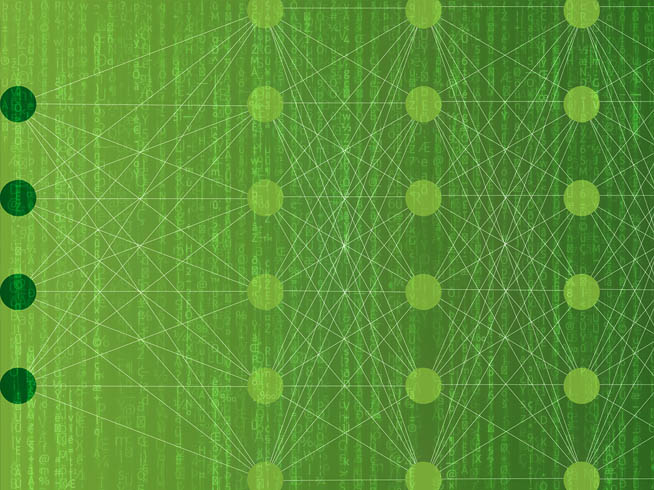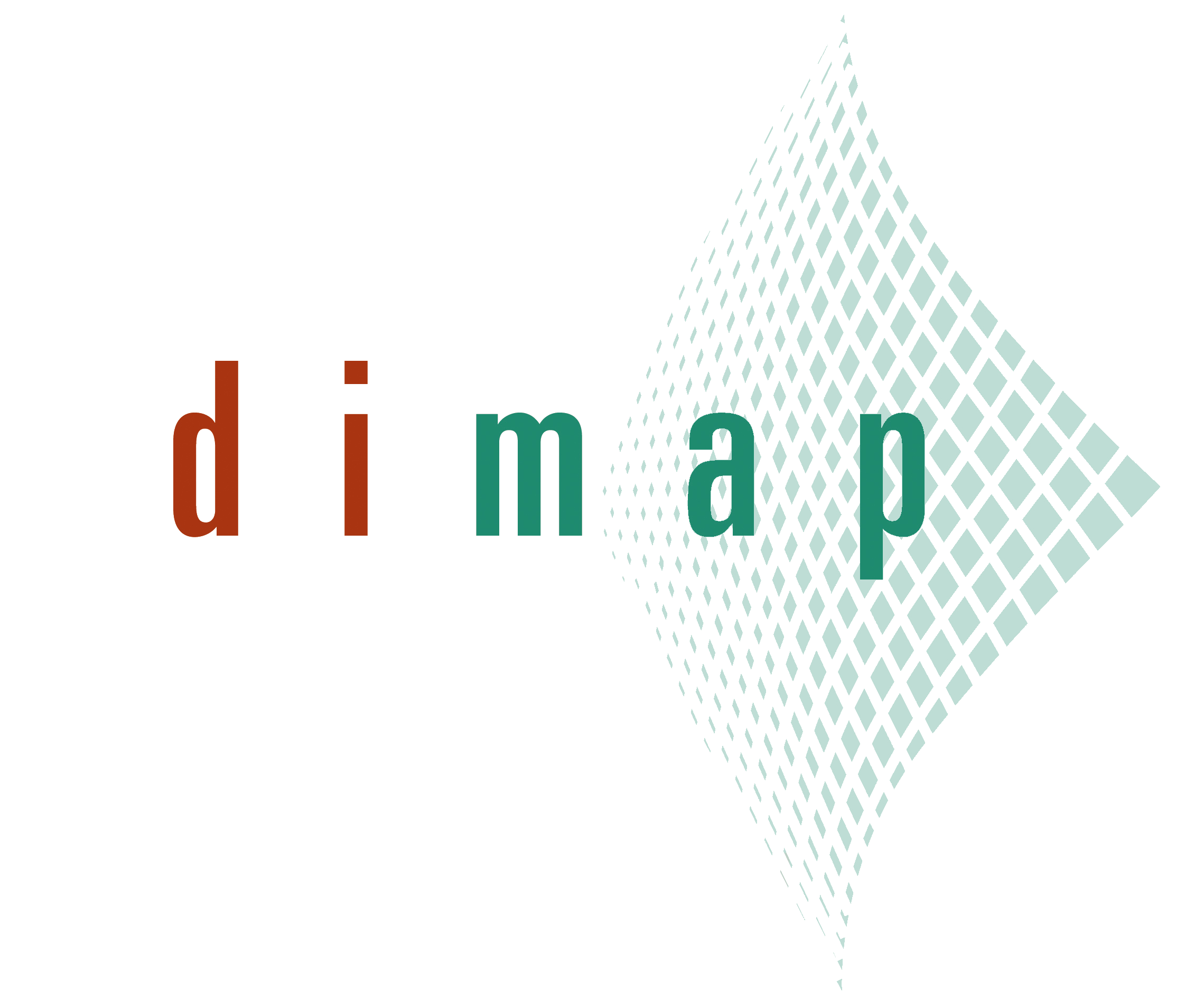The CoreSmart 2 Predictor – the unmissable tool to speed-up exploration and save on costs at the same time

// EXPERIENCE. EXECUTION. EXCELLENCE.
The CoreSmart 2 Predictor
We feed mass data to Artificial Intelligence.
Developed on large amounts of drill core data combined with geochemical labels from a wide range of locations and geological domains.
Permanently improved based on that data in the CoreSmart 2 AI Predictor, which allows the prediction of metal contents based on hyperspectral scanning.
Applications of CoreSmart 2 Predictor to exist and new drill core campaigns, ground and airborne mineral exploration programs and mining processes like on the fly ore sorting.
For more details please visit the website: coresmart.services
